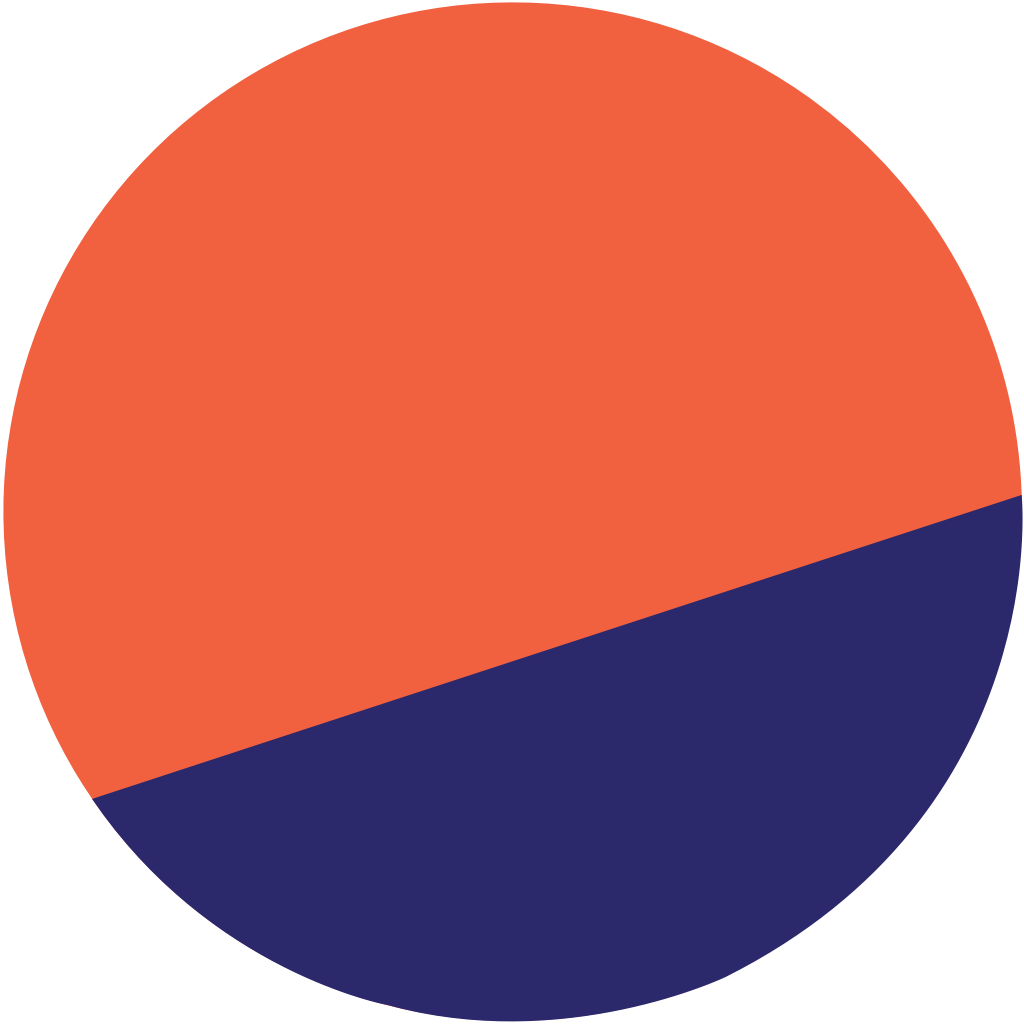Clinamenic
Binary & Tweed
What are you asking for an explanation of again? How operations on a blockchain work?don't do the transition then, just explain it in terms of the crypto stack
What are you asking for an explanation of again? How operations on a blockchain work?don't do the transition then, just explain it in terms of the crypto stack
And in the case of MakerDAO, governance token holders vote on what assets can be accepted as collateral.Sorry yeah. MakerDAO provides loans on collateral. Usually users use native crypto assets, e.g eth/btc and borrow against that. recently a french company in possession of some tokenized bonds used the tokenized bonds as collateral to borrow from the protocol. The tokenized bonds are collaterized by real estate and are rated triple A
no, not at allWhat are you asking for an explanation of again? How operations on a blockchain work?
oh alright then. I detest real estate and mortgages so lets do something like a farm. Here is what we need:don't do the transition then, just explain it in terms of the crypto stack
MakerDAO issues its own stablecoin, DAI, using the deposits of users as collateral. And here again I think the Loan to Value ratios differ from asset to asset, presumably at the decision of governance token holder, i.e. members of MakerDAO.so what are they issuing some tokens there?
And when it comes to grounding on-chain assets to off-chain assets, and if we want to do it programmatically, it seems we have to depend on sensors to carry off-chain data on-chain. So things like soil mineral levels, temperature, computer vision to roughly gauge crop health, weather sensors, etc. are the sorts of things that can do this.oh alright then. I detest real estate and mortgages so lets do something like a farm. Here is what we need:
some way to reliably establish cashflows of farm
some way to reliably valuate the assets of a farmer
If we want to do it completely programmatically, an algorithm checks the public db to ensure the farmer actually owns the assets he says he does. if we assume assets are tokenized this should not be too difficult. the farmer uses a zero knowledge proof to prove his cashflows in stablecoins without opening his books. The algo determines the farmer can borrow up to x but only if the farmer deposits its token representing rights to the farm as collateral. Farmer says fine. Farmer gets stablecoin loan. Algo responds to market conditions to adjust interest rates, and also responds to continuous reporting of income by farmer.
The borrower would have to return the DAI to reclaim the collateral, I believe. I haven't directly interacted with the protocol, but I've converted to and from DAI several times, via centralized exchanges.so MakerDAO has the asset. they issue what, tokens? which the borrower can redeem everywhere?
yes this is where IoT fits in.And when it comes to grounding on-chain assets to off-chain assets, and if we want to do it programmatically, it seems we have to depend on sensors to carry off-chain data on-chain. So things like soil mineral levels, temperature, computer vision to roughly gauge crop health, weather sensors, etc. are the sorts of things that can do this.
Then you need a way of verifying the legitimacy of the data being relayed on-chain by these sensors, and that is what oracles do. Personally I don't see blockchain realizing its systematic potential without a robust oracle infrastructure.
MakerDAO issues its own stablecoin, DAI, using the deposits of users as collateral. And here again I think the Loan to Value ratios differ from asset to asset, presumably at the decision of governance token holder, i.e. members of MakerDAO.
To my understanding, DAI was the first algorithmically backed stablecoin (maybe even the first stablecoin?), backed not by fiat but by other crypto assets that were deemed sufficiently liquid.
 dune.xyz
dune.xyz
Well they take in crypto assets like ETH and other prominent Ethereum-based assets (pretty sure MakerDAO is limited to Ethereum, but I could be wrong), and they issue different crypto assets, stablecoins, which are pegged to the value of a dollar but are not collateralized by dollars. Hence why they are overcollateralized, to help protect against the volatility of the assets that are backing the stablecoins.so essentially you are a fund who takes in dollars, makes investments and issues liabilities ...
but they must be able to do something with these tokenThe borrower would have to return the DAI to reclaim the collateral, I believe. I haven't directly interacted with the protocol, but I've converted to and from DAI several times, via centralized exchanges.
But yeah DAI could be considered a liability if somehow the collateral is drained, or if the assets serving as collateral depreciate significantly, as I understand it.so essentially you are a fund who takes in dollars, makes investments and issues liabilities ...
yes but at some point they must interface with "the real world"Well they take in crypto assets like ETH and other prominent Ethereum-based assets (pretty sure MakerDAO is limited to Ethereum, but I could be wrong), and they issue different crypto assets, stablecoins, which are pegged to the value of a dollar but are not collateralized by dollars. Hence why they are overcollateralized, to help protect against the volatility of the assets that are backing the stablecoins.
